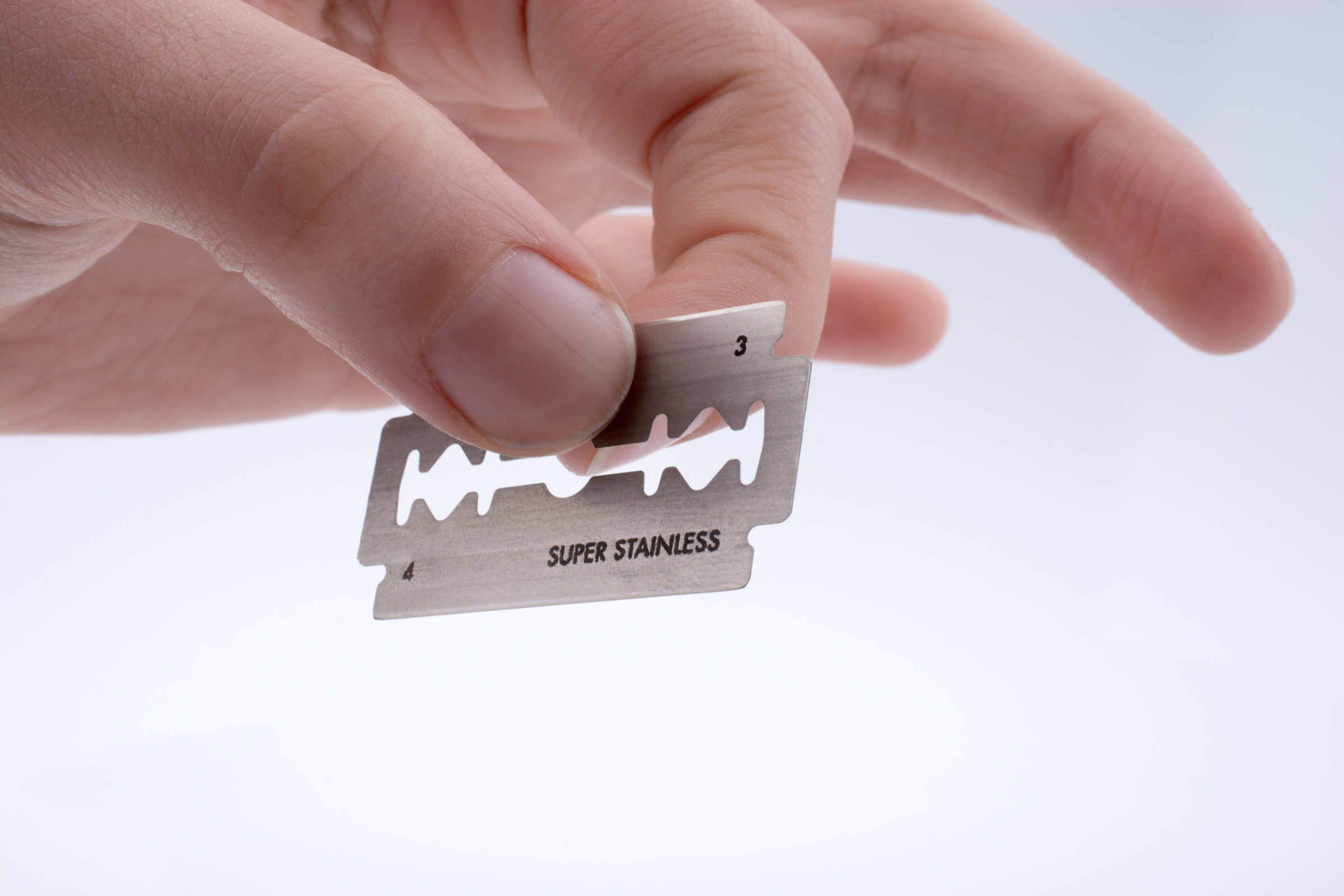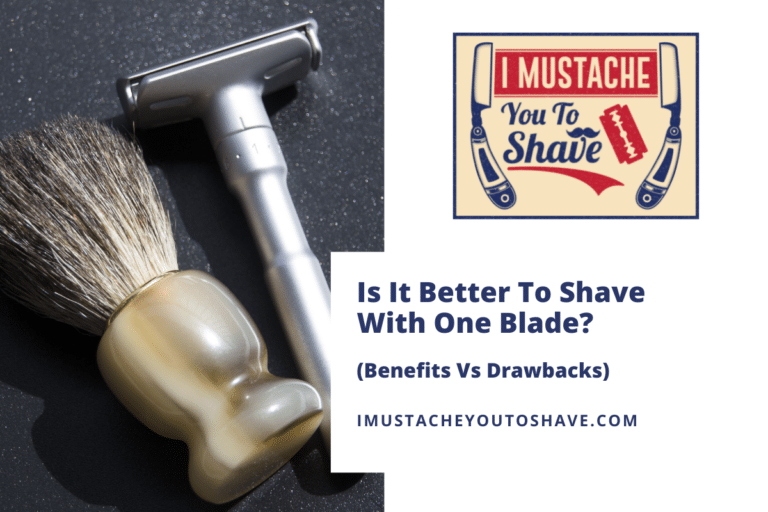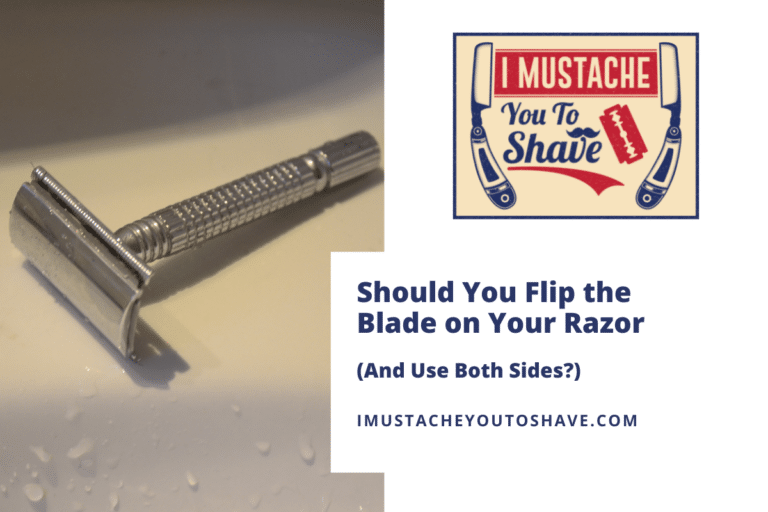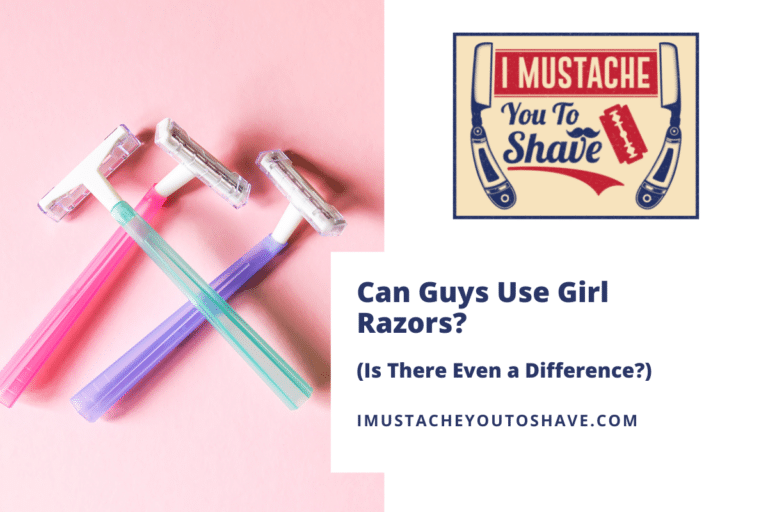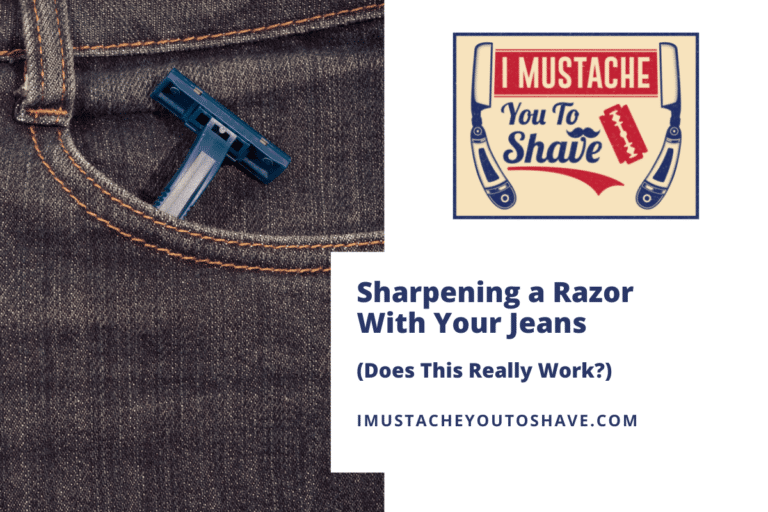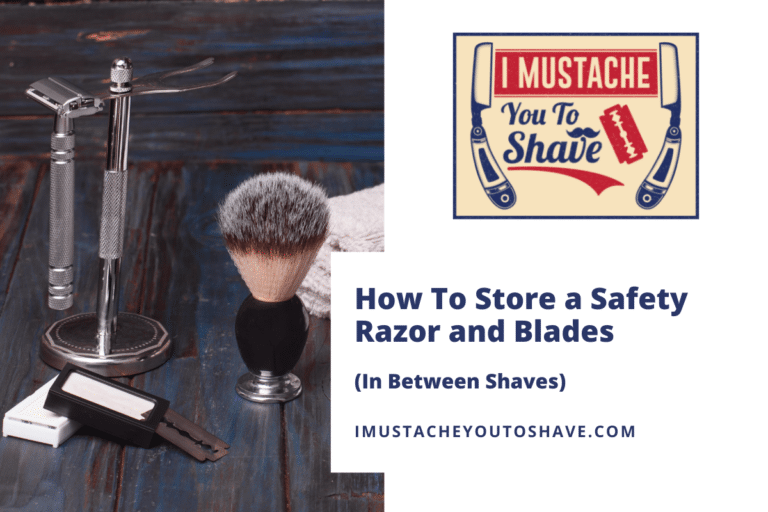How To Clean and Disinfect Razor Blades With Alcohol (Even Electric)
Alcohol has been used for decades to clean and sanitize, but shavers might wonder if they can soak their razor in alcohol after using it.
Alcohol is one of the more versatile cleaners available to the public. Its availability to the public and ability to kill a wide variety of harmful microbes in a short period of time without leaving behind residue makes it an ideal choice for people looking to take that extra step in cleaning their razors.
In this article, you can read about the benefits of cleaning your razor with alcohol, alternatives to alcohol, and how to clean your razor.
Is it okay to clean and disinfect your razor blades with alcohol?
Most people probably clean their razors after shaving by simply rinsing them in water and letting them air dry or wiping it down with a towel. Sure, you could go the extra mile by cleaning it with alcohol, but is this really necessary if you are the only one using your razor?
Disinfecting your razor in alcohol helps to prevent exposure to several types of disease and infection-causing microbes. It also extends the life of the razor by preventing rust and clearing away oils and grime.
If you want to start using alcohol to clean your razor, you won’t need to look very far to find it.
Isopropyl alcohol, also known as isopropanol, can often be found at your local grocery store or pharmacy as a 70% solution (70% alcohol/30% water). This solution will work just fine for your razor-disinfecting needs.
While alcohol is an effective cleaner and easy to find, it may not always be available or the best choice for you and your environment.
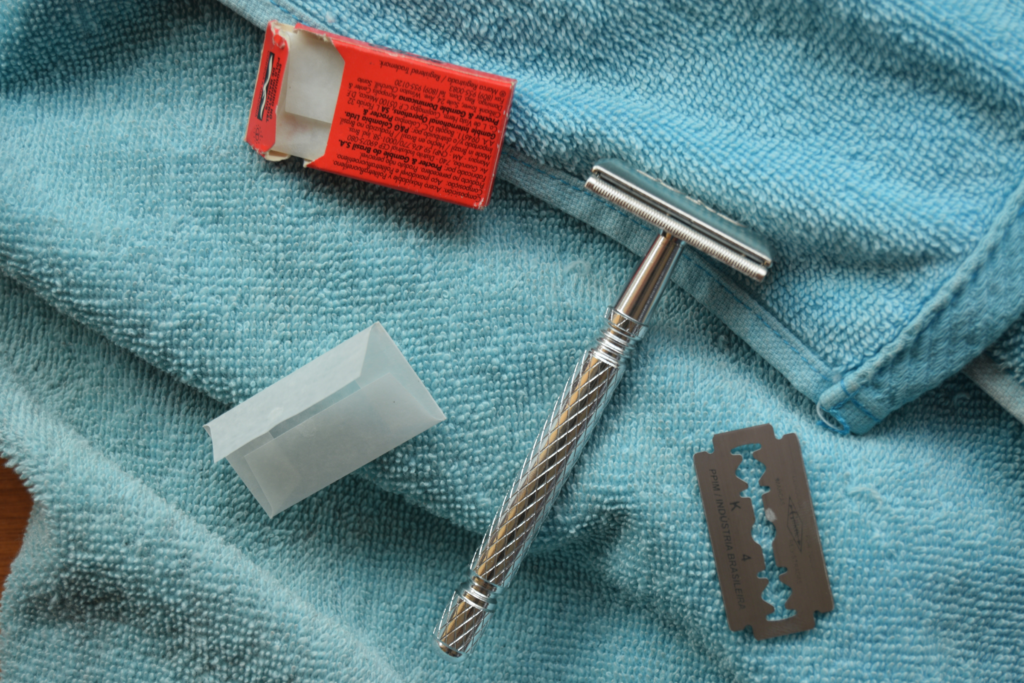
Next, we will discuss alternative products you can use to take your razor-cleaning routine to the next level.
How to clean a razor blade with alcohol
Cleaning your razor with soap and water is always a good idea, but taking the extra step of disinfecting it in alcohol will kill germs that may have been left behind.
Here is a step-by-step process for cleaning and disinfecting your razor with alcohol:
- Rinse your razor after each use – This will help prevent the build-up of hair and residue from soap and shaving cream over time.
- Spray your razor blade with alcohol or dip it in a container filled with alcohol – (70% isopropyl alcohol will yield the best results). If you have a disposable razor, be aware that cleaning it with alcohol may result in removing the lotion strip.
- Lay the razor on an open, dry surface to dry – This shouldn’t take long and won’t result in rust since alcohol evaporates quickly and gets rid of water.
Whether you use a straight razor, safety razor, or disposable razor, the steps involved in cleaning them with alcohol are essentially the same.
Just be sure to account for the nonmetal parts of your razor before beginning the cleaning process, as they may be sensitive to certain chemicals or excessive moisture.
How long do you soak your razor in alcohol?
The length of time you soak your razor in alcohol depends on the makeup of the solution being used.
Soaking your razor in alcohol for 5 to 10 minutes allows for both disinfection and the removal of grime and other substances. However, alcohol can kill various microbes on a surface in seconds, depending on the percentage of the solution you are using is made up of alcohol.
According to the Centers for Disease Control and Prevention (CDC), solutions made up of 60%-90% isopropyl alcohol will wield optimum bactericidal effects. Isopropyl alcohol in this range can kill various microbes, such as Escherichia coli (E. Coli) and Staphylococcus aureus (staph) in 10 seconds or less.
As one would expect, the potency of a solution as a disinfectant lessens as it drops below 50% isopropyl alcohol. Almost paradoxically, solutions of 91% isopropyl alcohol or more are also less effective than those in the 60%-90% range. This is partially because solutions with higher alcohol contents tend to evaporate more quickly.
Does alcohol rust a blade?
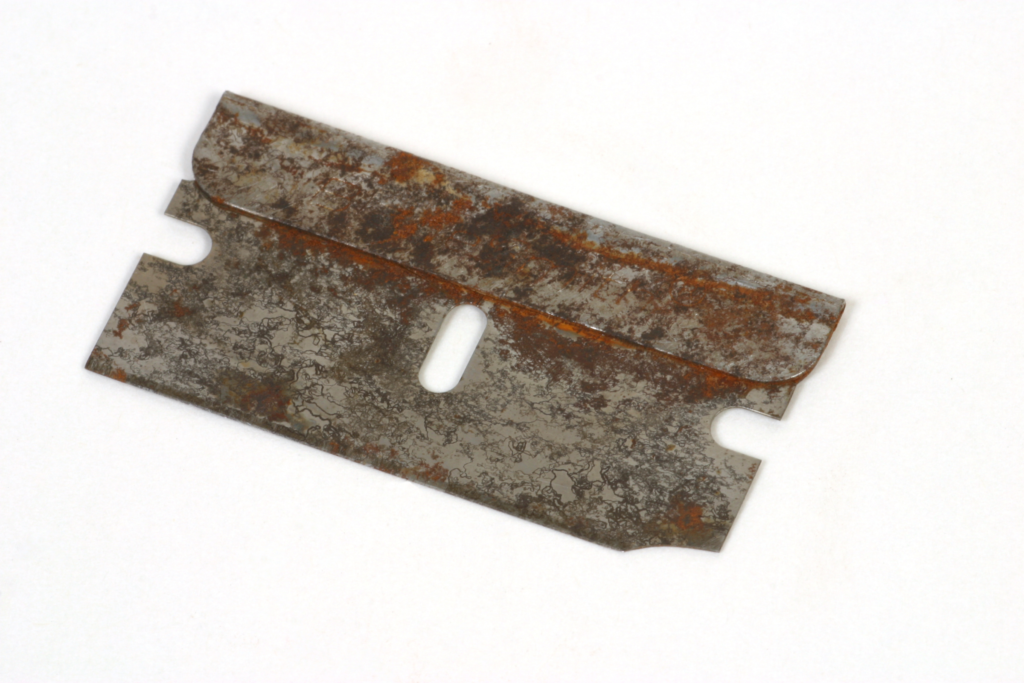
One would think alcohol, being a liquid, would rust a steel razor blade, right?
Not so fast.
As I previously mentioned, alcohol actually goes a long way toward preventing razor blades from rusting by causing water to evaporate. Razor blades begin to rust after they have been exposed to water for too long. By submerging or rinsing your razor blade in alcohol, you can remove water from its surface and prevent rust from appearing.
Once you are done using alcohol to disinfect your razor blade, you do not need to worry about drying it off with a towel. Just set the razor blade on an open, dry surface, and the alcohol will evaporate fairly quickly.
If you use a safety razor, you likely don’t need to worry about the razor itself rusting. Safety razors are typically plated with higher-quality metals. On the other hand, safety-razor blades are made from lower-quality stainless steel and are more susceptible to oxidation.
Does alcohol sanitize or disinfect a razor blade?
Not only does alcohol prevent rust from appearing on razor blades, but it also thoroughly cleans the surface.
70% alcohol (70 percent isopropyl alcohol/30 percent water) is an effective agent for disinfecting razor blades with its ability to kill many types of common bacteria.
Studies show that the presence of water enables the solution to penetrate the membranes of microbes, thus allowing it to kill many types of bacteria and viruses, such as E. Coli, coronaviruses, and influenza. Rubbing alcohol is also effective in the removal of oils and grime.
It should be noted that the potency of alcohol can decrease over time. However, storing alcohol in a cool, dark, well-ventilated space can slow this process down.
How to clean an electric razor and its blades with alcohol
We have now covered that you can use alcohol to disinfect safety razors, straight razors, and cartridge/disposable razors. But what about electric razors?
As it turns out, you can use alcohol to clean an electric razor, but doing so has a few added steps and should be done with caution. Since electric razors contain wires and often have parts covering the blades, it is important to turn off the device and disassemble it before beginning the sanitizing process.
Here is a step-by-step process you can follow to clean and sanitize your electric razor:
- Turn off and unplug the electric razor.
- Remove any attachments, foils, or other parts covering the blades.
- Clean off any hair that may be on or inside the razor. Some razors come with a cleaning brush, but this can also be done with a toothbrush or paintbrush.
- Use alcohol to sanitize the blades. This can be done by either wiping the blades with a towel or q-tip soaked in alcohol or pouring alcohol over the blade in a way that doesn’t allow it to get inside the body of the razor.
- Wipe down the inside and outside of the body of the razor with alcohol or soap and water. The same can be done to razor attachments. Be sure to wipe away any excess soap. (Important tip: Not all electric-razor blades are meant to be exposed to water. Refer to the user manual when deciding whether to clean your razor with water.)
- Set the razor aside to air dry.
- Once the air-drying process is complete, lightly wipe down the razor with a dry towel.
- Apply lubricant to any of the razor’s moving parts.
- Reassemble the razor.
As with all razors, cleaning and sanitizing are important parts of optimizing the device’s lifespan and performance. Doing so on a regular basis will go a long way toward preventing the build-up of bacteria, hair and other debris and ensuring that your razor will perform well for the foreseeable future.
Is alcohol the best way to clean a razor blade?
Although alcohol is great for cleaning razor blades, it is not the only substance used for this purpose.
Let’s dive into the benefits and drawbacks of two products commonly used to clean razor blades with disinfectant properties: hydrogen peroxide and white vinegar.
Can you clean a razor with hydrogen peroxide?
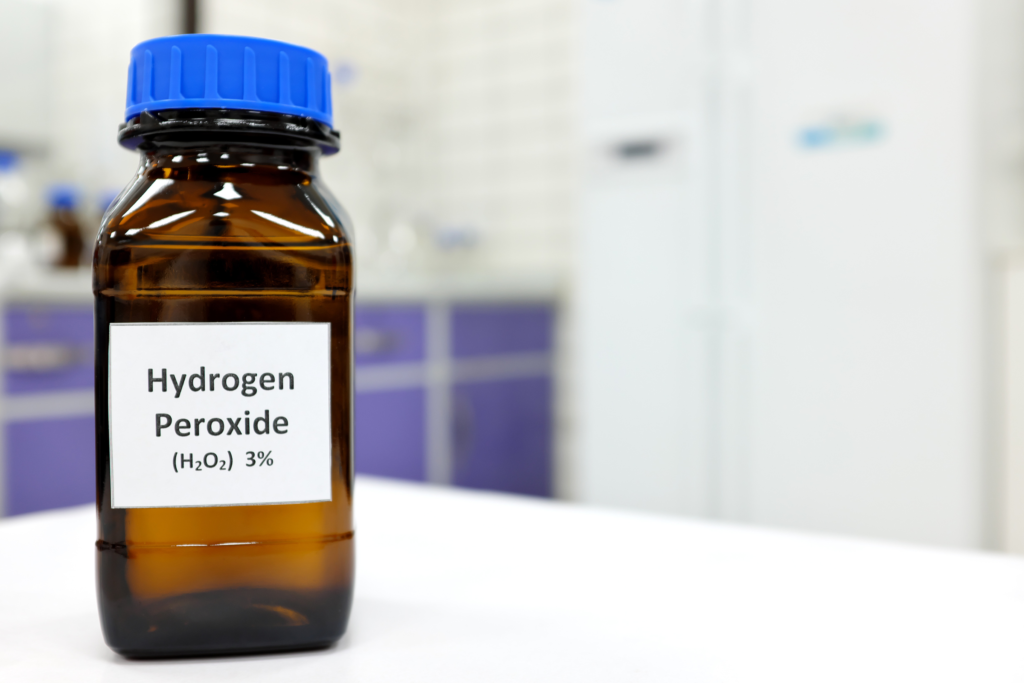
Pros
Hydrogen peroxide is relatively nontoxic.
It is an effective disinfectant.
Hydrogen peroxide is an environmentally friendly product.
Cons
Hydrogen peroxide can cause the metal to rust. However, if used correctly, it can also be used for the removal of rust.
It can be toxic if ingested in certain amounts.
Can you clean a razor with vinegar?
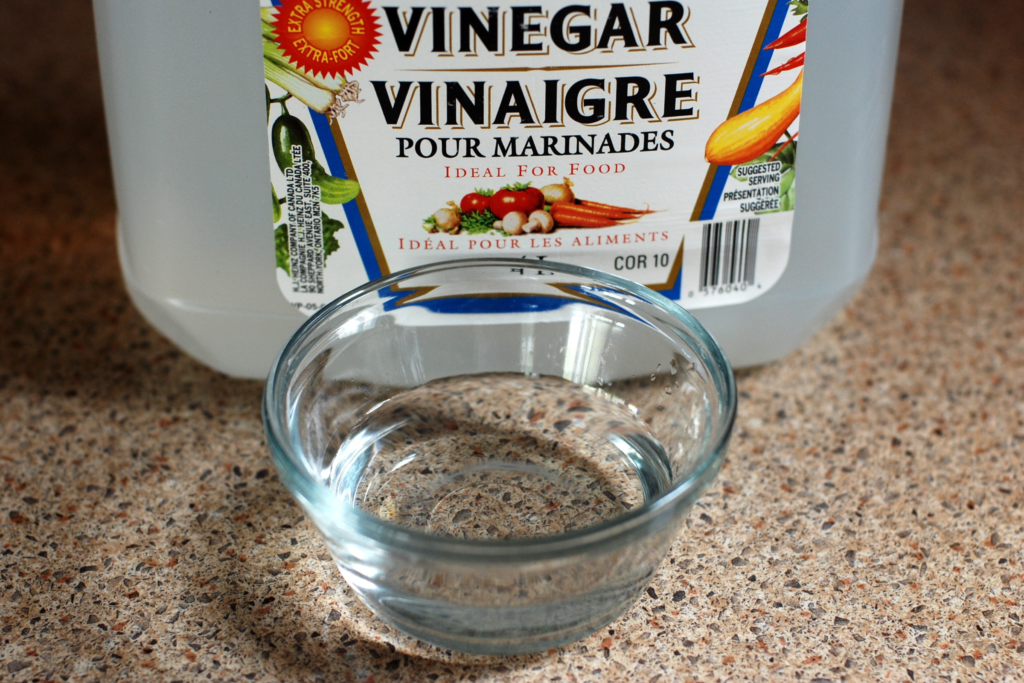
Pros
Vinegar is a natural, environmentally friendly disinfectant. It is free of harsh chemicals and can be safely used around children and pets.
It effectively removes grime and oil while still working as a disinfectant.
Cons
Vinegar does not kill as many bacteria and viruses as other disinfectants, such as alcohol and hydrogen peroxide.
It can leave behind a sour, sometimes overwhelming odor.
Alcohol, hydrogen peroxide, and white vinegar are all effective cleaners, but each has drawbacks. When it comes down to it, the best cleaning agent is whichever works best for you.
Next, we’ll dig into the details of how to use alcohol to clean your razor and why it is effective in this role.

